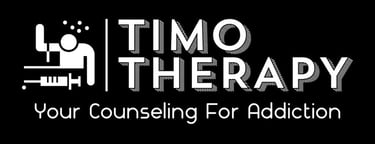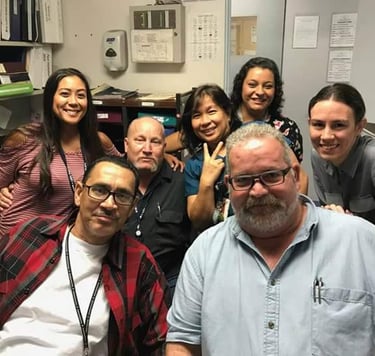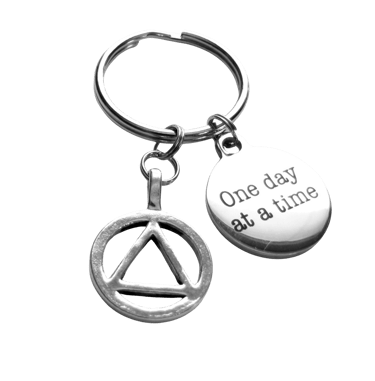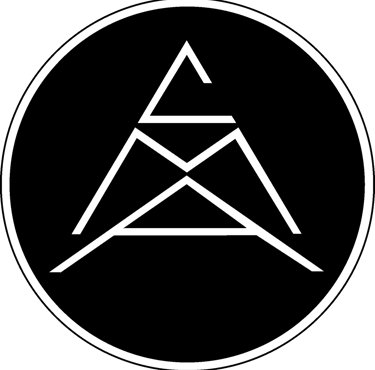The Addiction Recovery Industry: A Lifesaving Resource or a Billion-Dollar Scam?
The addiction recovery industry encompasses a diverse range of services and programs designed to help individuals overcome substance use disorders. However, the costs associated with addiction recovery can be quite significant, with some luxury rehabs charging upwards of $30,000 for a 30-day stay, while community programs may cost a fraction of that amount. Read more.....
TREATMENT & RECOVERY


Understanding the Addiction Recovery Landscape
The addiction recovery industry encompasses a diverse range of services and programs designed to help individuals overcome substance use disorders. At its core, this industry is made up of various types of rehabilitation centers, which can be broadly categorized into two groups: luxury rehabs and community-based programs. Luxury rehabs are often characterized by their high-end amenities, personalized care, and extensive treatment options, catering to clients who can afford to pay a premium for their recovery journey. These facilities typically offer a more comfortable environment, which can include gourmet meals, private rooms, and serene surroundings, all aimed at creating an inviting atmosphere for recovery.
On the other hand, community-based programs typically provide more affordable treatment options, often funded through government subsidies or grants. These programs can include outpatient services, support groups, and residential treatment options aimed at individuals from varying socioeconomic backgrounds. Although generally less expensive than luxury rehabs, community programs may vary significantly in terms of quality and availability, potentially impacting the effectiveness of the treatments offered.
The costs associated with addiction recovery can be quite significant, with some luxury rehabs charging upwards of $30,000 for a 30-day stay, while community programs may cost a fraction of that amount. Average stay durations also vary; luxury facilities may offer shorter, more intensive programs, while community-based centers often maintain longer treatment timelines to ensure sustained recovery. Moreover, financial incentives within the addiction recovery industry can affect the standard of care provided. In some cases, facilities prioritize profit over patient well-being, leading to questions about the ethical implications of how addiction recovery services are structured.
By examining these various components of the addiction recovery landscape, one can gain a clearer understanding of how financial motivations and the types of available programs intersect, shaping the recovery journey for countless individuals seeking help.
Analyzing the Economics of Rehabilitation
The addiction recovery industry is characterized by a complex interplay of financial considerations that often raise questions about its efficacy and integrity. The average cost of rehabilitation programs can be significant, typically ranging from $5,000 to over $30,000 for a 30-day stay, depending on factors such as location, amenities, and treatment methodologies. However, what is frequently overlooked are the hidden fees that can accumulate, such as costs for detoxification, medications, and aftercare programs, which can further inflate the overall financial burden on individuals seeking help.
Insurance coverage can mitigate some of these costs, yet many patients encounter hurdles when filing claims. Insurance providers may only cover a fraction of the expenses associated with rehabilitation, often leading to substantial out-of-pocket expenses that many families cannot afford. A report by the National Institute on Drug Abuse highlights that only 10% of individuals with substance use disorders receive necessary treatment, which raises concerns about accessibility and affordability in the rehabilitation industry. Without addressing these economic barriers, the promise of effective recovery can seem out of reach for a significant portion of the population.
Moreover, examining the relapse rates underscores the complexity of the relationship between cost and treatment success. Statistics indicate that approximately 40% to 60% of individuals in recovery will relapse within a year following treatment. This leads to critical questions regarding whether the high financial investment in rehab services correlates with improved outcomes or merely serves to sustain an industry driven by profit motives. Treatment centers may adopt profit-centric models that prioritize revenue generation over genuine, sustainable recovery strategies, potentially undermining best practices in addiction treatment.
The ongoing debate surrounding these economic aspects emphasizes the need for a more transparent and accountable addiction recovery system, ensuring that care not only addresses immediate needs but also invests in long-term recovery solutions.
The Reality of Relapse Rates
Addiction recovery is a complex and multifaceted process, and understanding relapse rates provides crucial insight into the effectiveness of traditional rehabilitation programs. Research reveals that relapse is a common occurrence, with numerous studies indicating that approximately 40-60% of individuals will experience a relapse within the first year after treatment. This troubling statistic raises important questions about the efficacy of conventional methods employed in rehab facilities.
Several factors contribute to these high relapse rates. One significant issue is the ongoing stigma associated with addiction, which can lead to social isolation and shame for those recovering. This stigma not only hinders individuals' willingness to seek help but also affects their ability to reintegrate into their communities post-treatment. Moreover, many traditional rehab programs focus primarily on the period of detoxification and initial recovery, often neglecting the long-term aftercare that is essential for sustained recovery. Without adequate aftercare support, individuals are at a greater risk of returning to substance use.
Expert opinions highlight the necessity of a comprehensive approach to addiction recovery that addresses not just the acute phases of the disease but also the ongoing needs of individuals. Effective recovery support should include therapy, community support groups, and continued engagement in positive activities. Factors such as personal motivation, surrounding environment, and access to resources also play pivotal roles in the likelihood of relapse. Thus, while traditional rehab programs might promise transformative outcomes, the reality is that many individuals find themselves back in their previous patterns due to insufficient support systems following initial treatment.
Ultimately, the examination of relapse rates calls for a critical evaluation of how the industry operates. By dissecting these statistics, it becomes clearer whether current methodologies in the addiction recovery industry are truly effective or in need of significant reform.
Exploring Alternative Recovery Methods
In the growing discourse surrounding addiction treatment, traditional rehabilitation programs often dominate the conversation. However, numerous alternative recovery methods have gained traction as effective options for individuals seeking to overcome addiction. Outpatient therapy, for example, offers flexibility and accessibility by allowing individuals to participate in treatment while maintaining their daily lives. This approach often includes counseling sessions, group therapy, and educational workshops, addressing the psychological aspects of addiction without the need for a residential setting.
Support groups, particularly 12-step programs such as Alcoholics Anonymous (AA) and Narcotics Anonymous (NA), also represent a vital component of many individuals' recovery journeys. These groups create a community of peers who share similar struggles, providing emotional support and accountability. The framework of these programs encourages personal responsibility and fosters a sense of belonging, which can be instrumental in helping individuals maintain sobriety.
Holistic treatments are another emerging avenue in addiction recovery, emphasizing a mind-body-spirit approach. Practices such as yoga, meditation, and acupuncture can help individuals develop coping strategies, reduce stress, and improve overall mental health. These methods promote healing by focusing on holistic well-being rather than solely addressing the symptoms of addiction.
Furthermore, the rise of technology has paved the way for an array of online and app-based recovery resources. Platforms offering virtual therapy sessions, support group meetings, and educational materials have made recovery more accessible than ever. These digital tools can serve as supplementary resources, enhancing traditional methods while enabling individuals to fit their recovery into busy lifestyles. Many success stories have emerged from users of these platforms, showcasing the potential for sustained recovery through innovative means.
In conclusion, while traditional rehabilitation programs are widely recognized, alternative recovery methods such as outpatient therapy, support groups, holistic treatments, and online resources are increasingly establishing themselves as viable paths to overcoming addiction. Each method offers unique benefits, and exploring these options allows individuals to find a personalized approach to their recovery journey.



